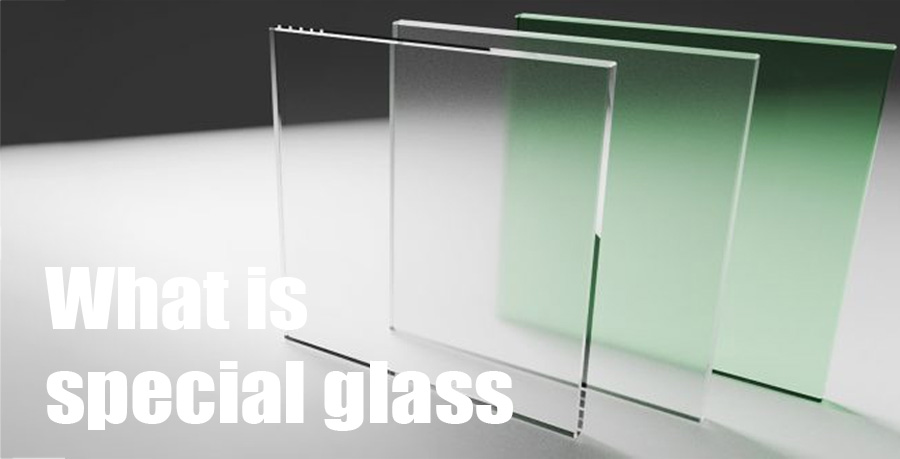
Introduction
Special glass is not just “any glass.” It refers to a family of engineered glass materials developed to meet specific industrial, scientific, or consumer needs that ordinary soda-lime glass cannot achieve. While normal glass is sufficient for windows or bottles, industries like semiconductors, optics, aerospace, biomedical devices, and high-tech electronics require glass with unique optical, thermal, and mechanical properties.
For example, when designing a high-power LED package, you need glass that withstands heat without deforming. In semiconductor photolithography, you need glass with near-zero impurities to transmit UV light. For smartphone screens, you need glass with extreme hardness and scratch resistance. These are the exact situations where special glass comes in.
In other words:
- Ordinary glass = general use (low cost, moderate performance).
- Special glass = problem-solving material (engineered for precision, reliability, and durability).
Types of Special Glass
Special glass is not a single material—it is a broad category that includes different sub-types, each tailored to unique technical requirements. Below are the most important categories, with industry examples:
1. Borosilicate Glass – Thermal and Chemical Resistance
- Composition: High SiO₂ with B₂O₃.
- Key Property: Low thermal expansion (~3.3×10⁻⁶/K), making it resistant to heat shock.
- Applications:
- Laboratory glassware (beakers, test tubes).
- LED encapsulation and cover glass.
- Microfluidic chips and substrates.
- Example brands: SCHOTT BOROFLOAT® 33, Pyrex®.
2. Fused Quartz / Fused Silica – Optical Clarity & UV/IR Transmission
- Composition: Nearly pure SiO₂ (>99.9%).
- Key Property: Excellent transmission from deep UV (185 nm) to IR (3 µm).
- Applications:
- Semiconductor photomasks.
- Optical windows and lenses.
- UV curing systems, fiber optics.
- Why it matters: Ordinary glass blocks UV; fused silica transmits it with minimal loss.
3. Aluminosilicate Glass – Strength and Durability
- Composition: SiO₂ with Al₂O₃.
- Key Property: High mechanical strength, ion-exchange capability.
- Applications:
- Smartphone screens (Corning Gorilla Glass®).
- Aerospace windows.
- Thin wafers for flexible electronics.
4. Tempered and Laminated Safety Glass – Impact Protection
- Key Property: Tempered glass breaks into blunt fragments; laminated glass holds together via PVB or EVA film.
- Applications:
- Automotive windshields.
- Building façades.
- Public transportation.
5. Optical Glass – Precision for Imaging and Photonics
- Key Property: Controlled refractive index and dispersion.
- Applications:
- Lenses in microscopes, cameras, telescopes.
- Laser systems and medical optics.
- Precision prisms and beam splitters.
6. Specialty Coated Glass – Functional Surfaces
- Examples:
- ITO conductive glass (for touchscreens, solar cells).
- Anti-reflective (AR) coated glass (for displays, optics).
- UV-blocking or IR-reflective coatings.
- Why it matters: Coatings transform base glass into active materials for electronics and energy applications.
Comparison Table: Special Glass Types
| Type of Glass | Key Properties | Common Applications |
|---|---|---|
| Borosilicate | Low expansion, chemical resistant | Labware, LED covers, substrates |
| Fused Quartz/Silica | High purity, UV/IR transmission | Optics, semiconductors, fiber |
| Aluminosilicate | Strong, thin, ion-exchangeable | Smartphones, aerospace |
| Tempered/Laminated | Safety, impact resistance | Automotive, architecture |
| Optical Glass | Precise refractive index, low defects | Lenses, prisms, lasers |
| Coated Glass | Conductive, AR, UV/IR functional layers | Displays, solar, medical devices |
